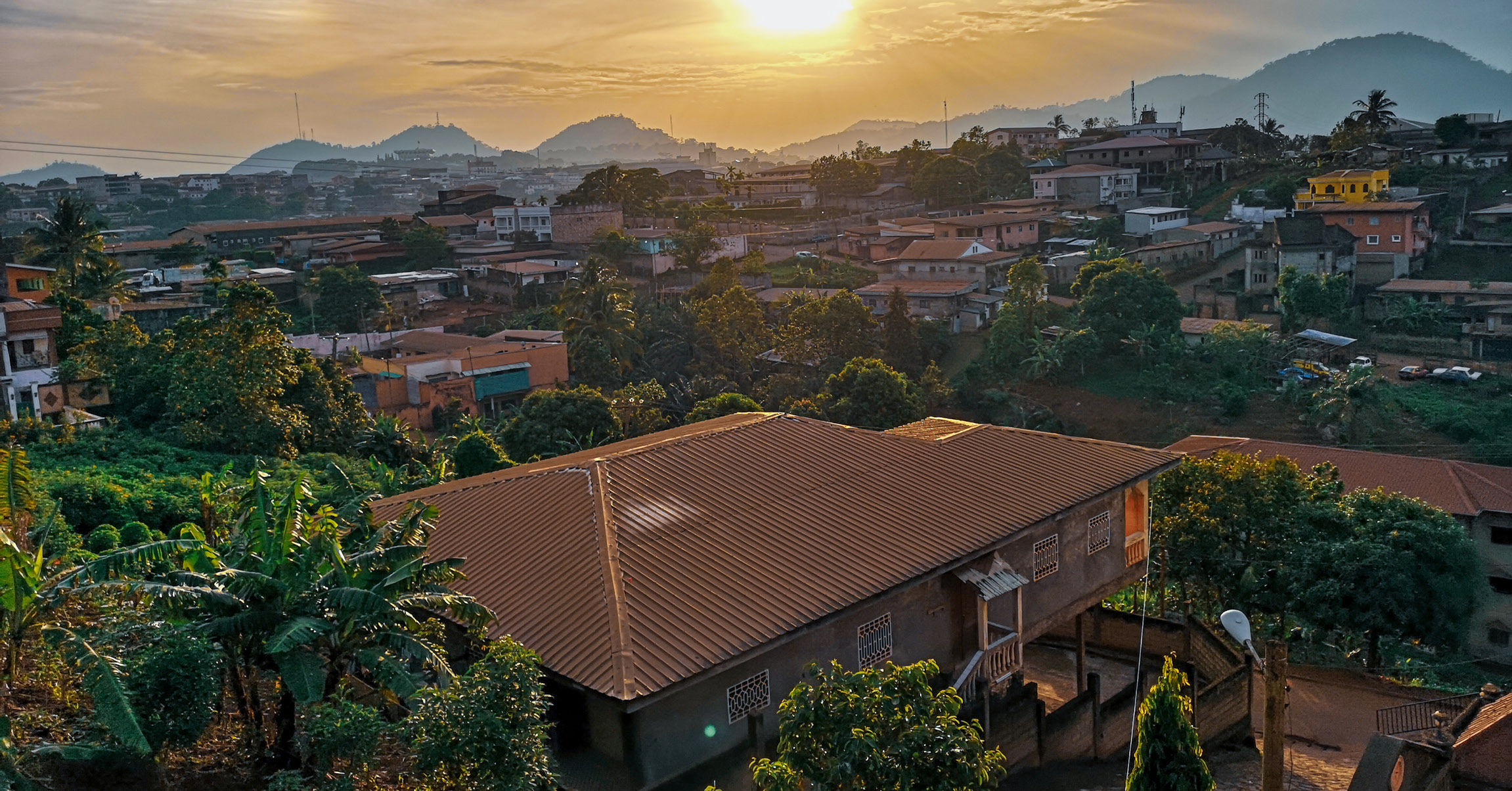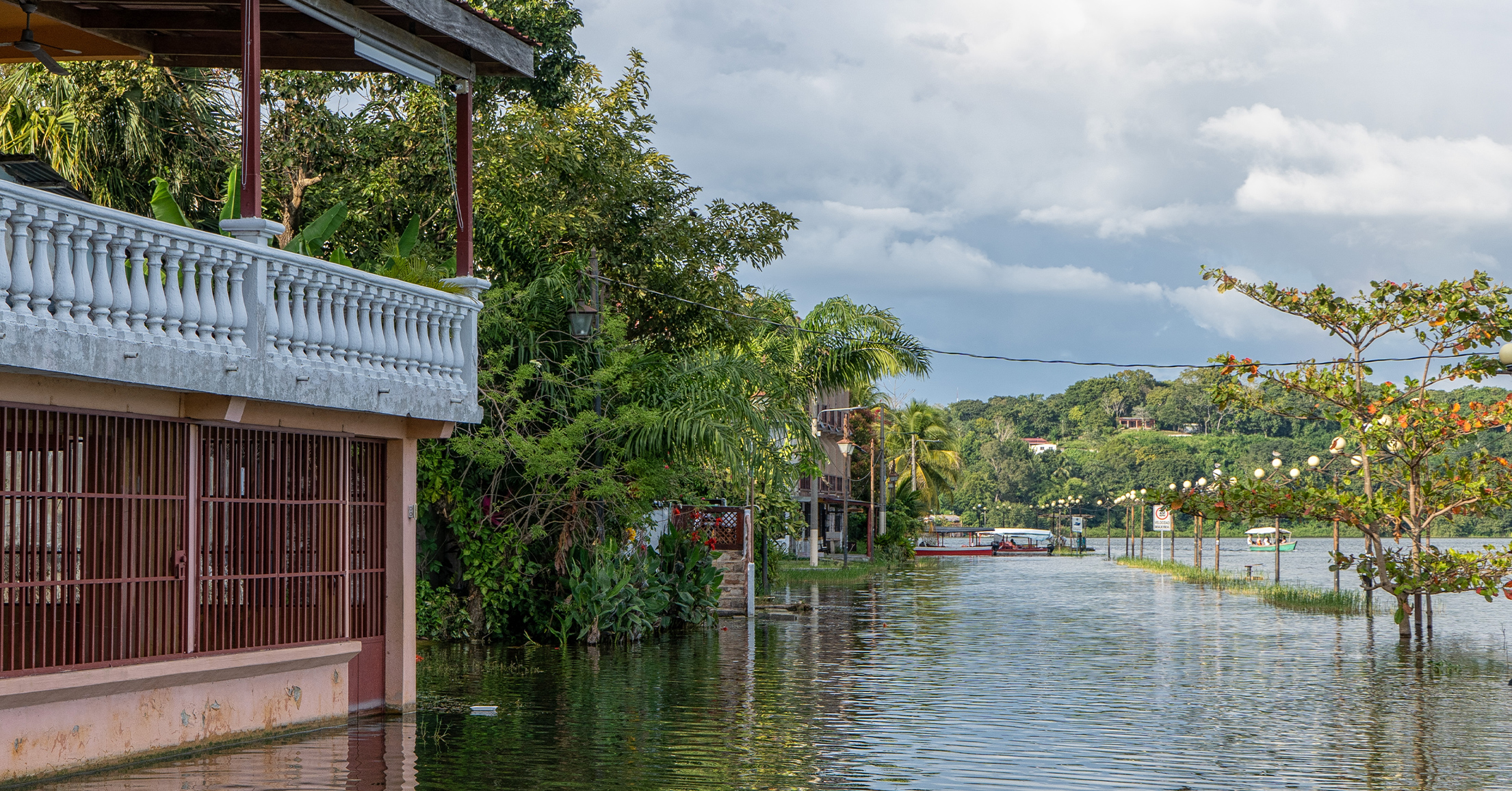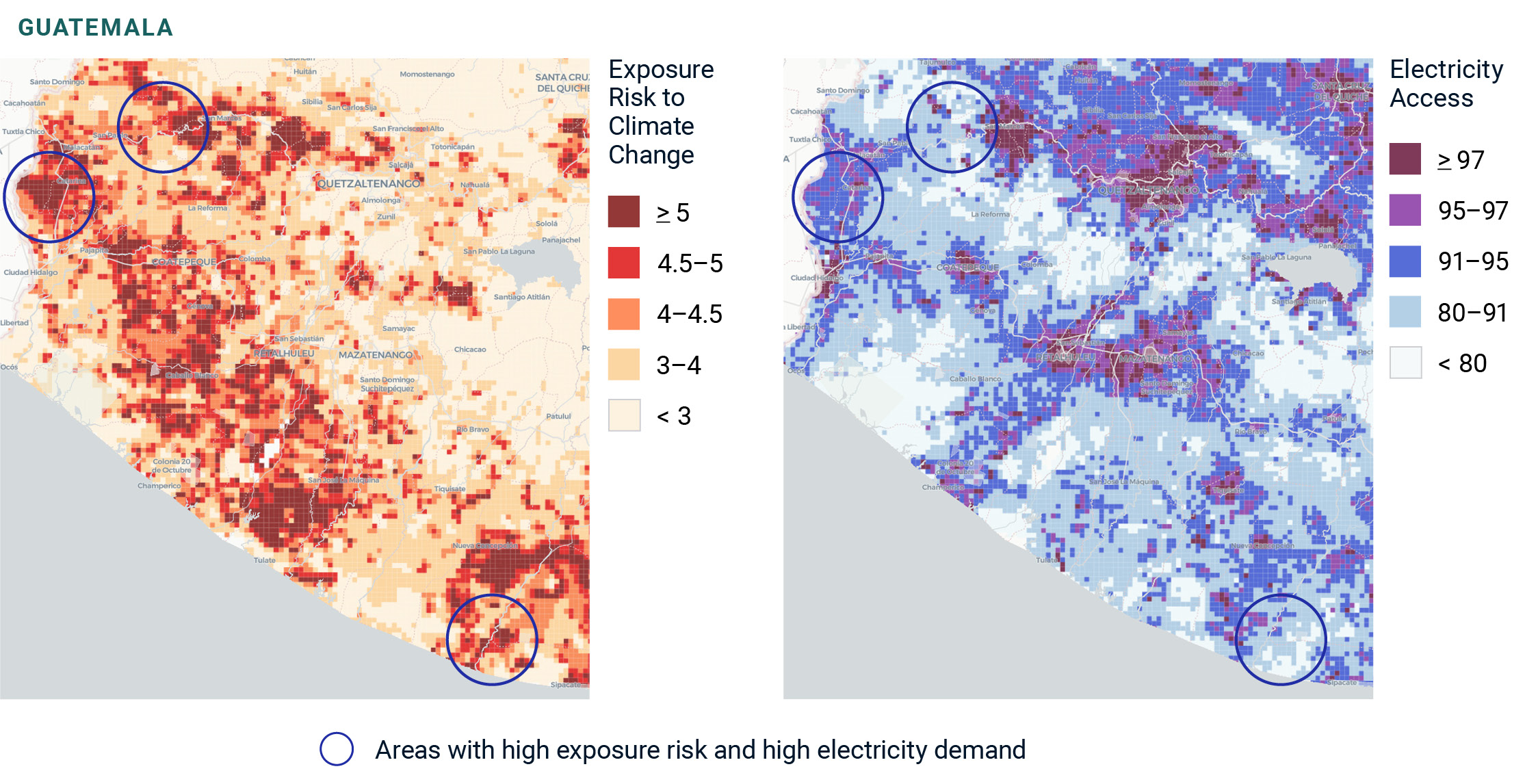How Energy Access Improves Living Conditions in Cameroon: A Case Study by Fraym


About
Climate change affects supply and demand for energy — from extreme weather events damaging aging electrical grids to heat waves pushing demand for cooling to all-time highs. Understanding and mapping where these environmental impacts concentrate and who they will affect enables decision-makers to plan sustainable and resilient energy infrastructure that can withstand stressors and meet surges in demand.
Pairing Fraym’s local-level data with research from the US National Renewable Energy Laboratory (NREL), Oak Ridge National Laboratory, and others provides a high-resolution portrait of where investments should be prioritized.
Fraym data weaves together indicators that reveal:
The result is a neighborhood-level insights for visualizing where climate change has impacted existing infrastructure, how that will increase over time, and who it will affect.

Combining environmental and land-use data on supply provides a clear picture of where renewable energy investments can be made to shore up vulnerabilities in the existing grid. Fraym data delivers insights into human nuances, allowing planners to see how their investments in sustainable energy and infrastructure resilience will impact households, neighborhoods, and communities.
Data on populations is critical to building equitable energy infrastructure that can withstand climate change’s growing stressors on supply. Viewed as heat maps, Fraym data integrates the human dimension with the wealth of growing research on environmental and land-use characteristics. The result is a comprehensive dataset that can be used to prioritize investments that respond to supply stressors, provide sustainable infrastructure, and reach the populations most in need.